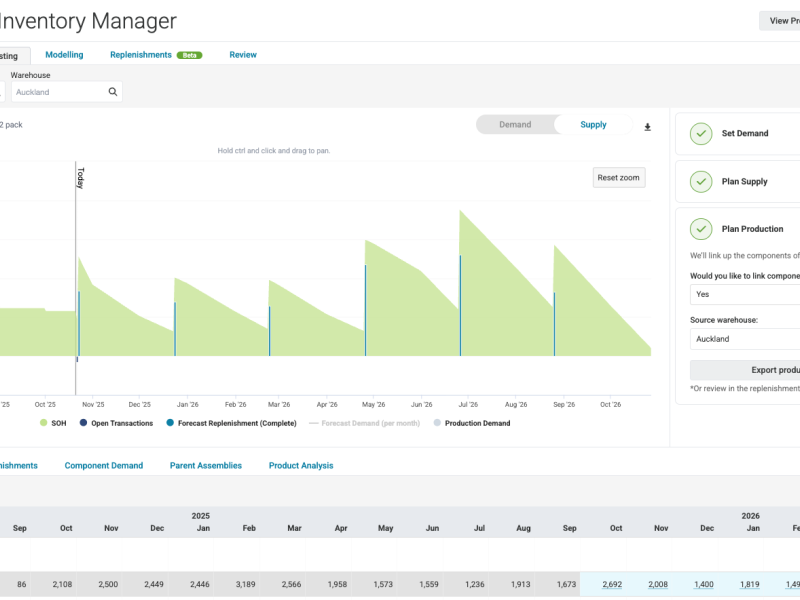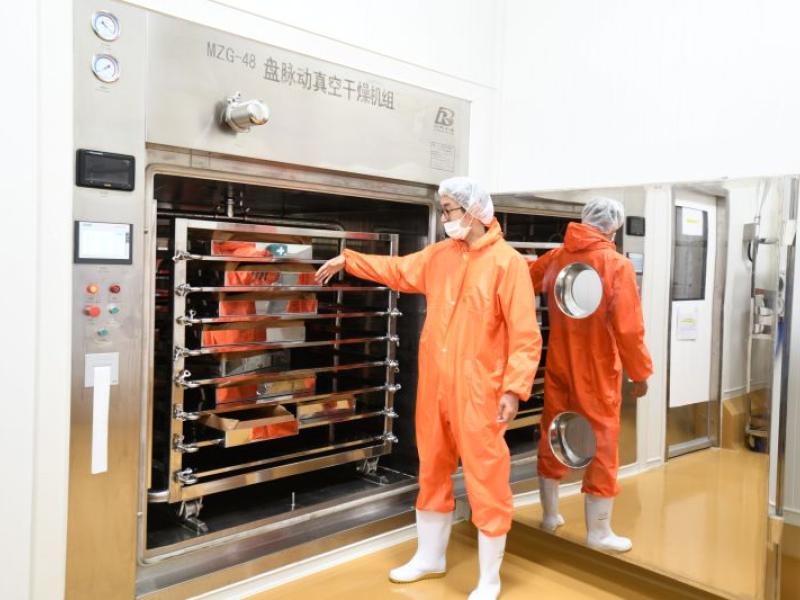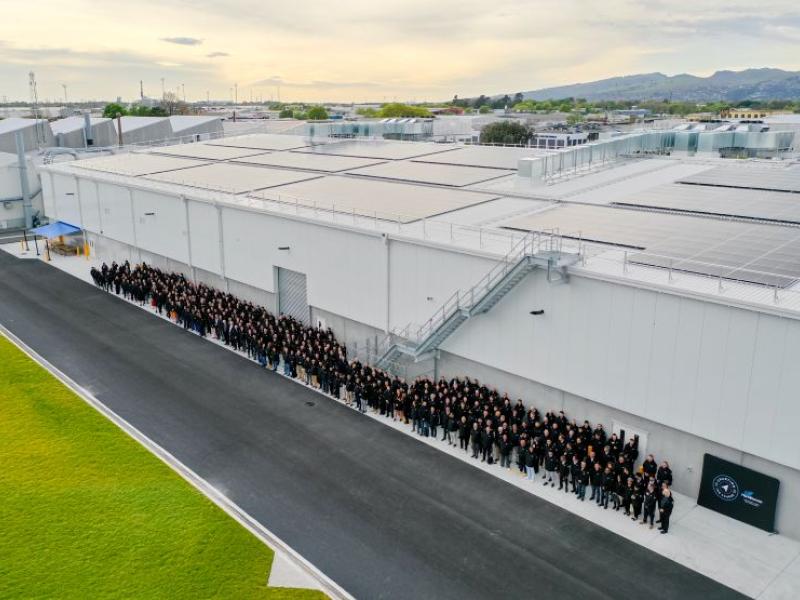Trustwave has released a series of reports detailing the threats facing the manufacturing sector. As manufacturers increasingly integrate digital systems and physical infrastructure, the sector has become a prime target for cybercriminals aiming to disrupt production, steal intellectual property, and cause widespread damage.
The annual report from the Trustwave SpiderLabs team delves into key trends shaping the manufacturing industry, including the rise of ransomware attacks, the convergence of operational technology (OT) and information technology (IT), and the expanding threat landscape. The report offers a comprehensive breakdown of threat actor tactics, techniques, and procedures (TTPs), categorised by the different stages of an attack, equipping manufacturers with vital knowledge to strengthen their cybersecurity defences.
Additionally, Trustwave SpiderLabs has produced two in-depth analyses focused on the most pressing concerns in the sector: the growing risks associated with IT/OT convergence and the evolving methods threat actors use to target manufacturers. These reports offer detailed research and actionable risk mitigation strategies, providing manufacturers with a clear understanding of the current threat landscape.
Kory Daniels, chief information security officer, Trustwave said, "The manufacturing industry is embracing new technologies and ways of working that are driving efficiency, productivity, and innovation speed,”
“It’s exciting to see AI-powered machines, smart factories, digital twins, and 3D printing in action, but it's impossible not to consider the potential risks. This isn’t just about data breaches anymore—compromised systems can lead to production shutdowns, environmental disasters, and even worker injuries. Rapid innovation demands red teaming and testing to keep up with the pace, or we risk inadvertently prioritising business benefits over known risks."
The report highlights the increasing complexity of cybersecurity in manufacturing, driven by the sector’s reliance on interconnected systems that span shop floors, enterprise networks, and supply chains. The integration of IT and OT introduces multiple new attack vectors, making manufacturers vulnerable to a wide array of cyber threats. These include ransomware attacks that disrupt production and data breaches that expose valuable intellectual property.
Even more critically, security incidents involving OT systems can have dire safety consequences. A compromised industrial control system (ICS) could lead to dangerous malfunctions, hazardous material releases, or even physical injuries on the production floor.
Trustwave SpiderLabs’ 2025 research series on the manufacturing vertical includes:
- 2025 Trustwave Risk Radar Report: Manufacturing Sector
- Manufacturing Sector Deep Dive: Convergence of IT/OT
- Manufacturing Sector Deep Dive: Methods of Targeting and Breaching
Key findings from Trustwave SpiderLabs’ manufacturing research series include:
- 54 per cent of ransomware attacks were in the United States
- 19 per cent of ransomware attacks were conducted by Play
- 14 per cent of ransomware attacks targeted machinery manufacturers
- 87 per cent of attacks originated from phishing
- 86 per cent of credential access techniques were brute-force attempts
To access this year’s research, please click here for the full manufacturing series.






